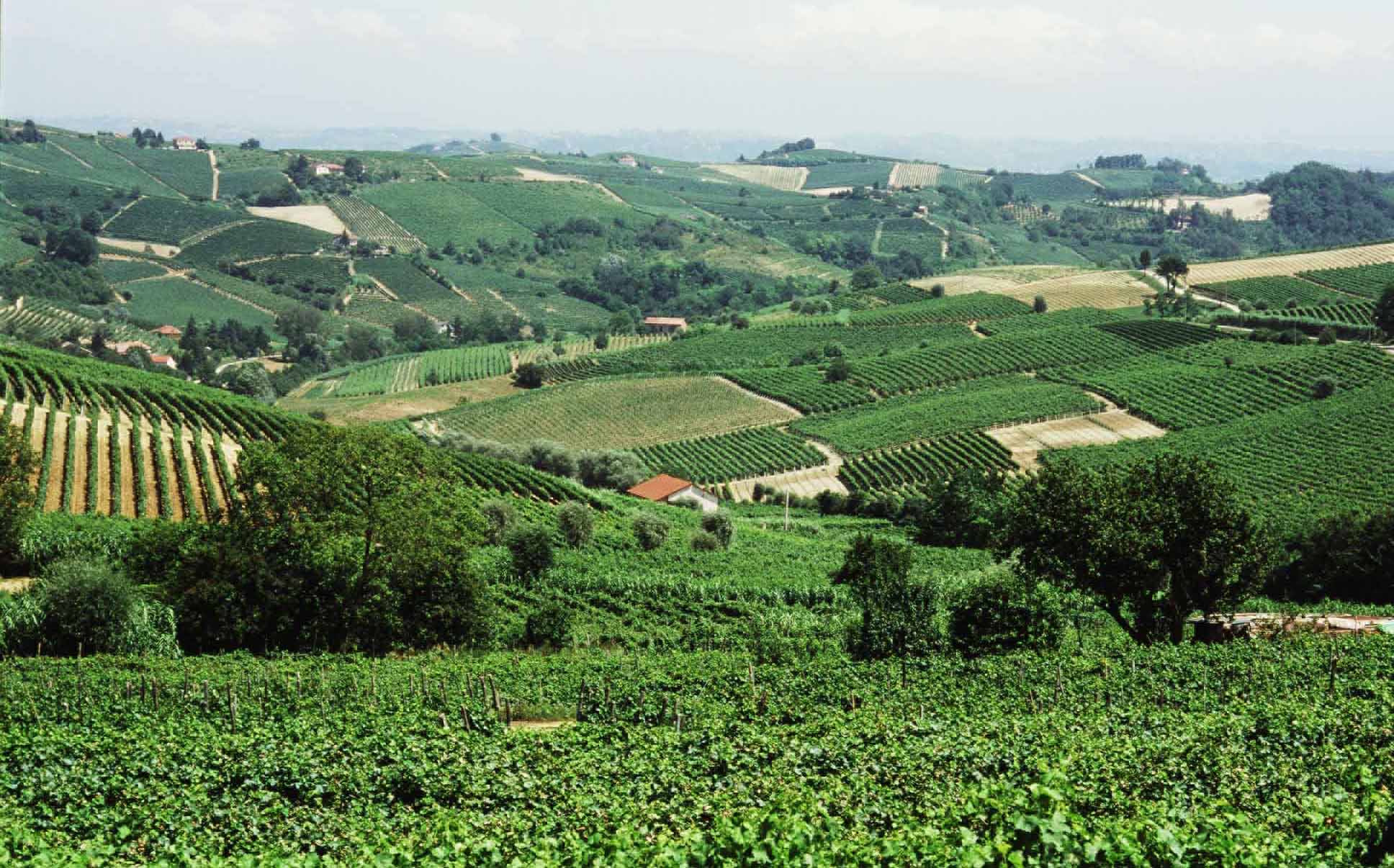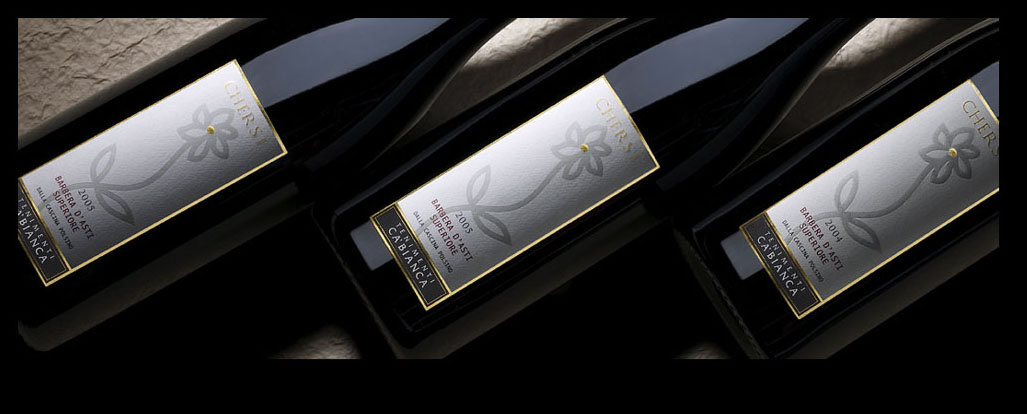Di Vino
Barbera: a success story
03/11/2016

If it were a profession, Barbera would be an actor, if an animal, a chameleon. LA Barbera, strictly feminine, one of the most surprising products in the world of wine: multi-faceted, versatile and complex. Why have we taken so long to understand how good it can be?
La Barbera: from Cinderella to World Star.
Once upon a time, a famous Italian singer, Gaber, sang about "Barbera and Champagne" a wine of the people and one of high society, two very different social classes. Barbera in the past was the daily glass of red wine, part of the household, of the people, unassuming, always suffering from comparison with nobler wines.
In a sense, the Cinderella of the world of wine which, as in the story, finally finds itself celebrated, finding its place among the great Italian wines and one of the ambassadors of Italian excellence.

How has it got here?
By demonstrating its versatility. La Barbera can be simple and immediate, food-friendly, easy to drink and to match. If nurtured with the help of some wine-growing and wine-making expedients, it becomes a rich, powerful and structured wine of complex aromas. In the last twenty years, producers have refined their technique and have been able to bring out all the potential of Barbera, bringing it the success it deserves.
Where it's grown, where it's successful
A note of interest: Barbera is one of the three most-grown grape varieties in Italy, found in many regions of Italy and used as a blend in great deal of appellations. You may be surprised, but it is also grown with great success abroad, especially in the United States. Taken there originally by our emigrants because it was easily adaptable, it's taken strong roots because it doesn't need great amounts of water and so is easy to grow in the hot, dry places found in Australia and California.
Its DNA, however, originates undoubtedly in Piedmont, and this is where you can find its best examples. First and foremost is Barbera d'Asti docg and then Barbera del Monferrato and d'Alba are the most typical. Outside the region, it's well represented in Lombardy, Emilia Romagna, Apulia and Sardinia.

The many faces of Barbera
Barbera has a very precise personality: a vibrant acidity, a moderate amount of tannins, intense aromas of wild fruit and a deep ruby colour. That said, growers have got to know the wine and to interpret it in their own way giving rise to a kaleidoscope of versions.
Young, vintage Barbera is striking for its colour, a brilliant and lively ruby red. Cherry is the classic aroma, often accompanied by floral notes of violet. It is well-known for its freshness and moderate tannins which make it perfect for many pairings.
Certainly with salami and filled pasta but it's also one of the few red wines that can be drunk with fish. Try it with an elaborate dish such as fish soup or close-textured fish like cod or anchovies. And don't forget the classic veal with tuna sauce.
The most fascinating Barbera is grown in soil particularly suited to it and with very low yields giving an extremely rich and concentrated wine. Then there is a more modern version of great structure and usually aged in wood in which the characteristics of the grape are brought out. The ruby colour becomes intense, almost impenetrable and apart from the crisp aromas of cherry and black currant, there's plum, dried flowers, cocoa and ground coffee plus sweet spices like nutmeg and lots more.
The aging in wood affects greatly the sensations on the palate because it rounds out the proverbial acidity and makes the wine creamy, rounded and soft. A perfect pairing with game, meat from Fassona and mature cheeses from Piedmont!
Now try our Barbera Chersi', also in a Magnum version!
Read others post









